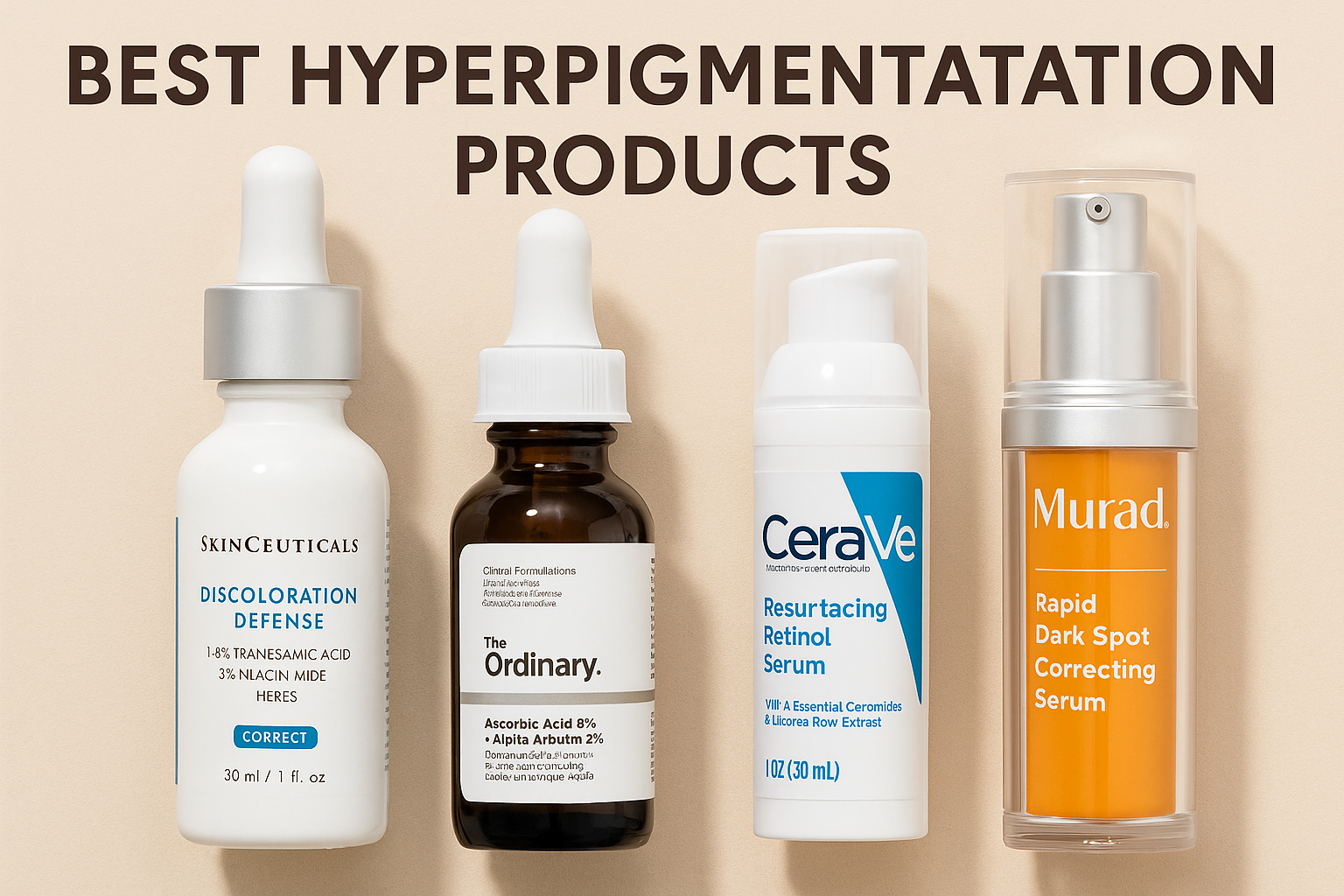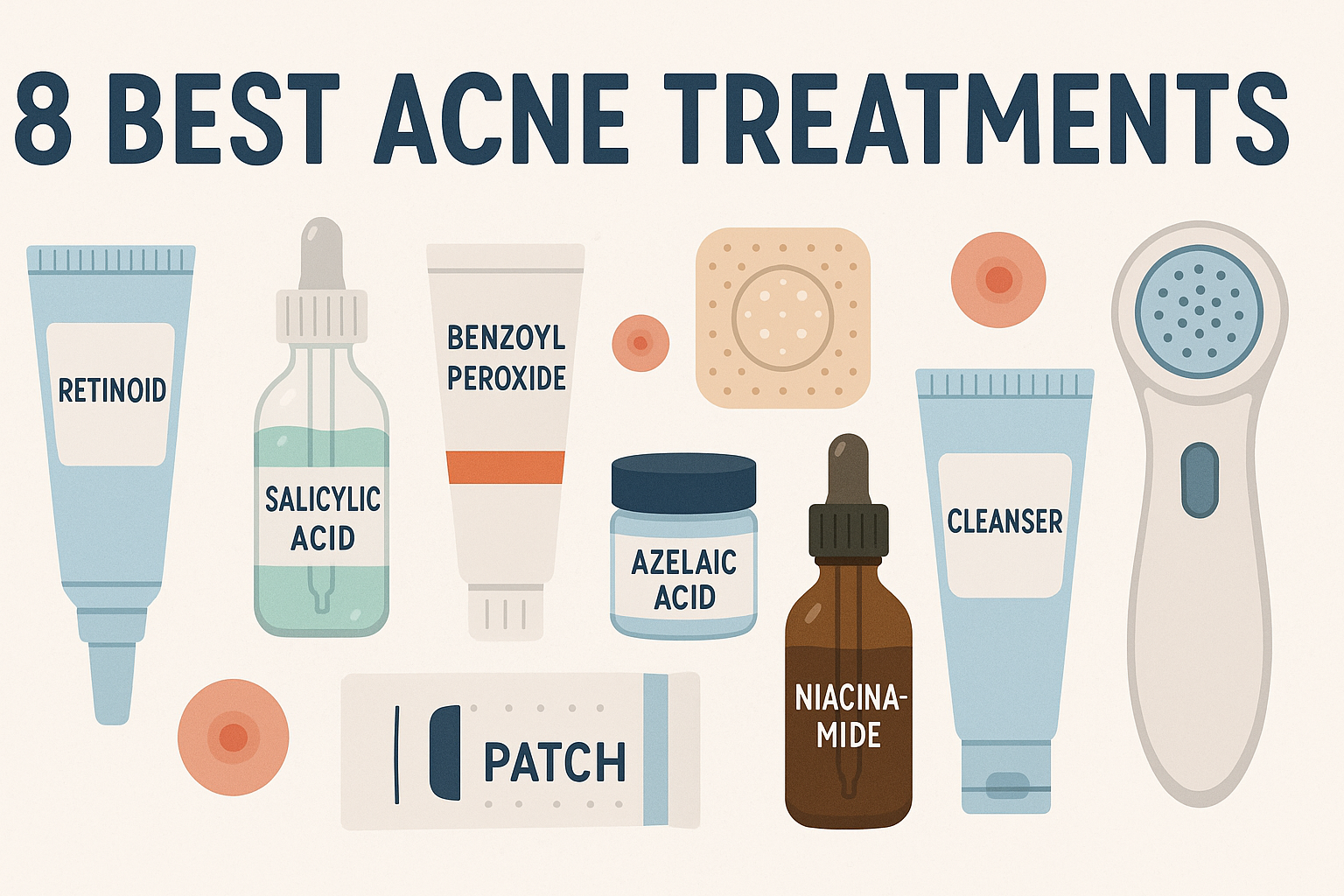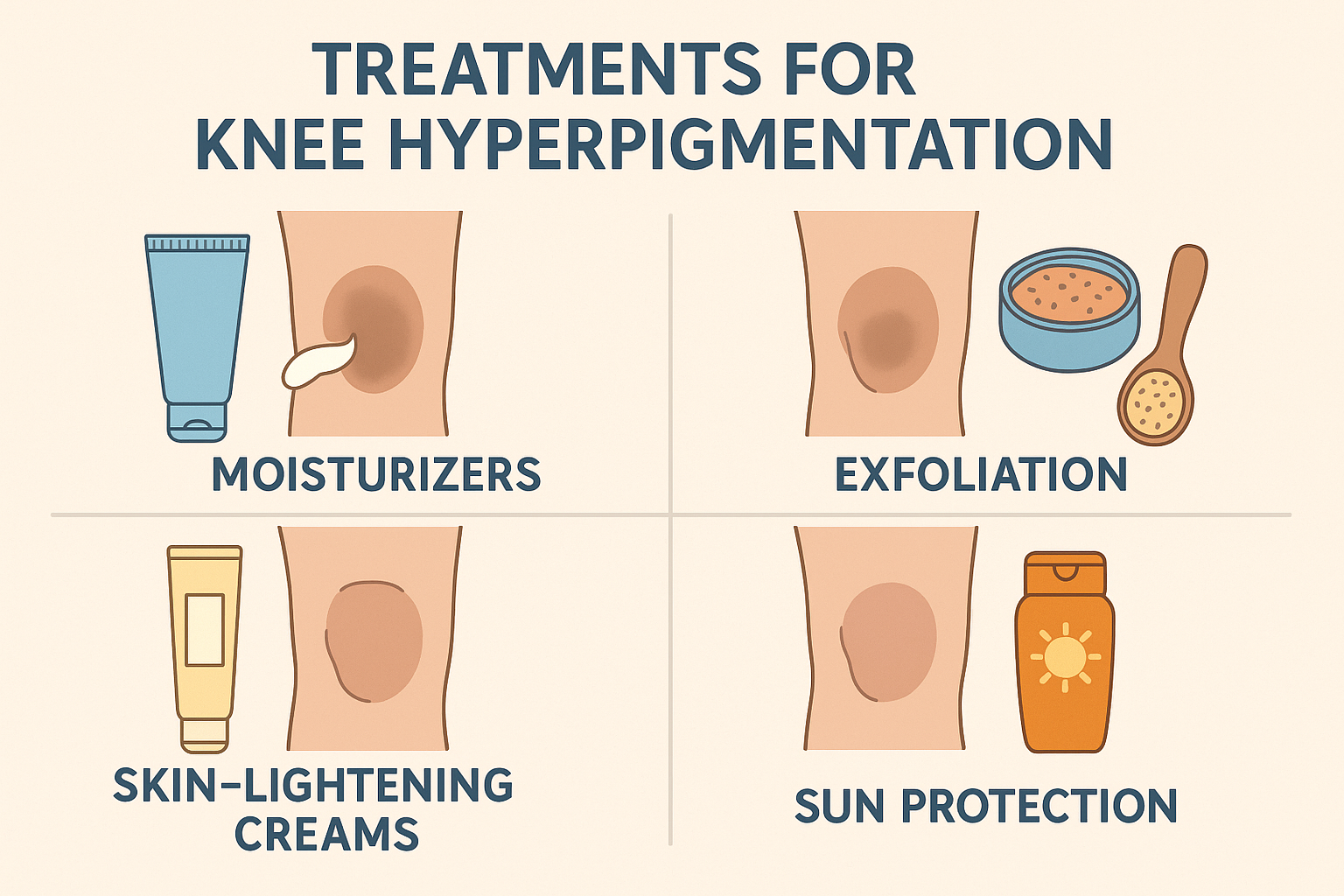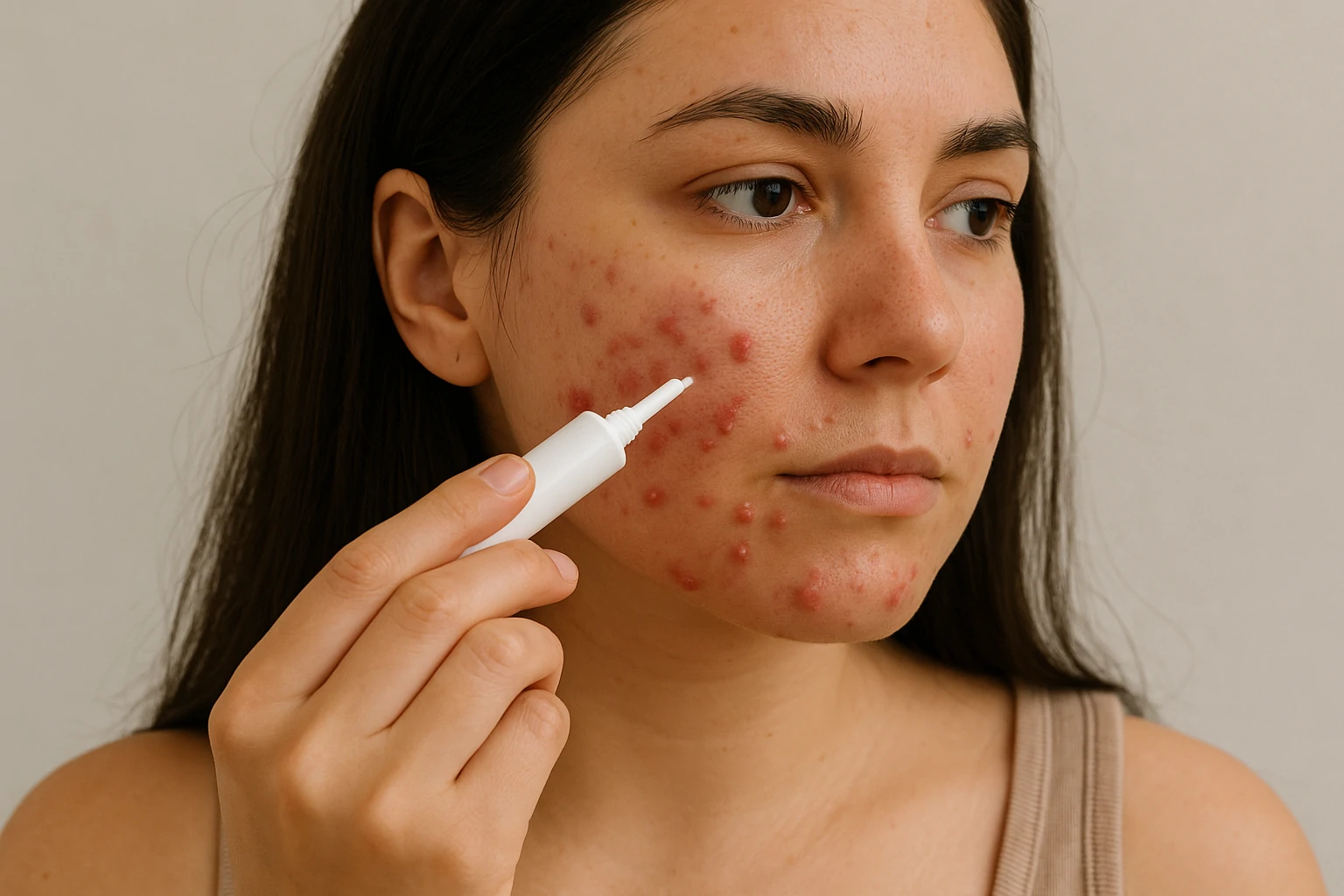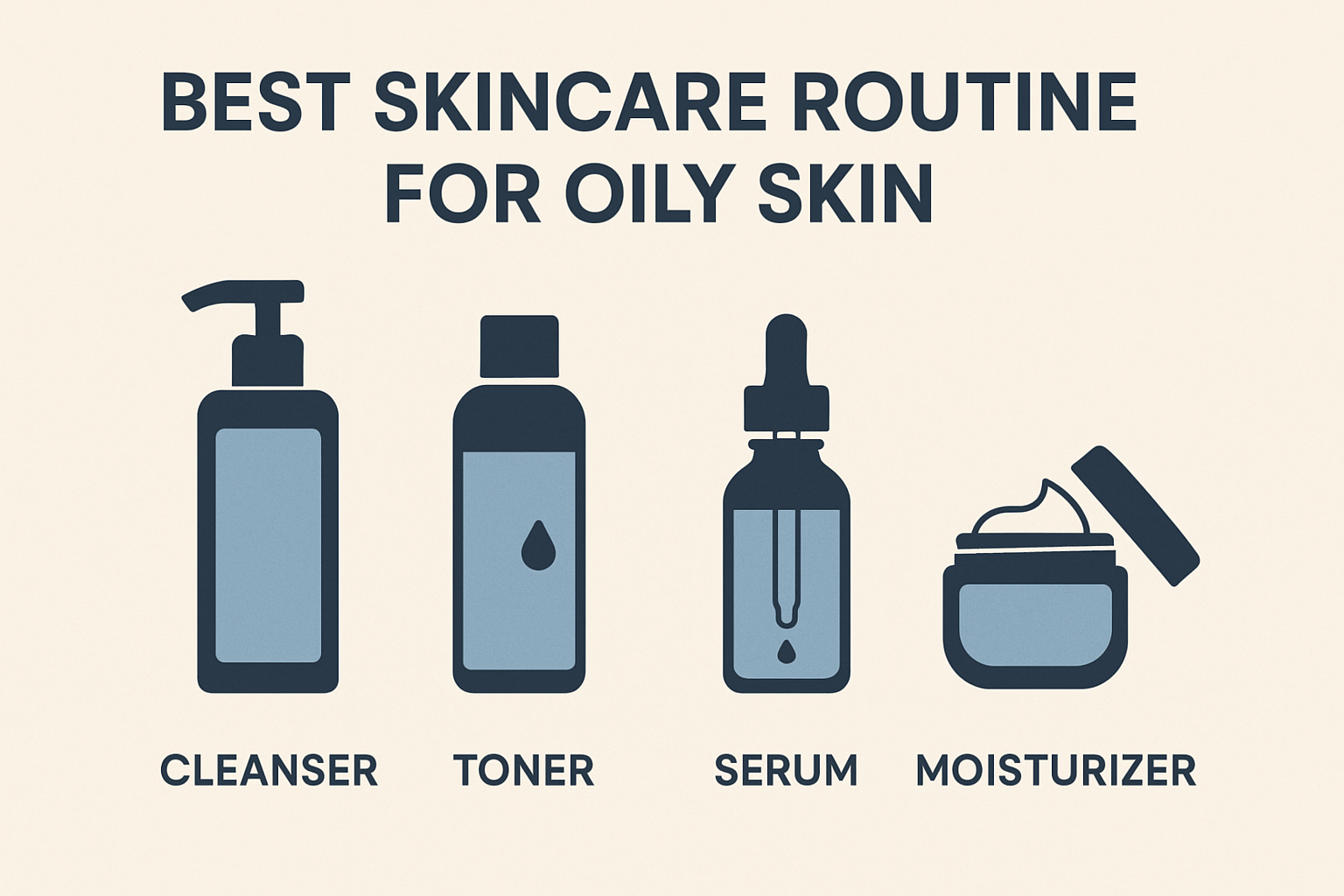Retinol Sandwich Skincare Trend: What It Is and Why You Should Try It

Retinol is known as a highly effective active ingredient in skincare, often used to treat a range of dermatological concerns—from acne to fine lines. However, despite its many benefits, retinol use can also raise concerns. Many people experience side effects such as irritation, dryness, redness, or peeling. To address these issues, beauty experts now recommend the retinol sandwich method—a technique where retinol is applied between two layers of moisturizer. This method is designed to reduce irritation while still maintaining the effectiveness of retinol in treating the skin.
As this innovative approach gains popularity among skincare users, we spoke with two board-certified dermatologists—Dr. Marisa Garshick and Dr. Azadeh Shirazi—to explain the science behind the retinol sandwich method, how it works, and whether it’s suitable for your skin type. Read on for the full explanation.
What Is Retinol?
Before diving deeper into the retinol sandwich method, it’s important to first understand what retinol is and how it works in skincare. Retinol is a derivative of vitamin A that has been scientifically proven to offer a range of dermatological benefits. In the skincare world, it is known as an effective active ingredient for addressing signs of aging—such as fine lines and wrinkles—as well as improving skin texture and minimizing the appearance of pores.
According to Dr. Azadeh Shirazi, retinol works by stimulating skin cell turnover and speeding up the regeneration of the epidermis. This process helps to remove dead skin cells, even out skin tone, and brighten the complexion overall. Retinol also boosts collagen production—a key structural protein responsible for skin firmness and elasticity—and increases levels of hyaluronic acid, which helps maintain the skin’s natural moisture.
Additionally, retinol helps protect the skin from collagen breakdown caused by free radicals and UV exposure. With all these benefits, retinol is widely considered a star ingredient in both anti-aging and acne-fighting skincare products. However, due to its potential to cause irritation, application methods like the retinol sandwich technique are highly recommended to maximize its benefits safely.
What Is a Retinol Sandwich?
The retinol sandwich method is a skincare application technique designed to reduce irritation commonly associated with retinol use, especially for individuals with sensitive skin. According to Dr. Azadeh Shirazi, this method involves layering retinol between two applications of moisturizer—creating a protective sandwich effect on the skin. The first layer of moisturizer acts as an initial barrier, hydrating and prepping the skin before retinol is applied, while the second layer helps slow the absorption of the active ingredient and minimizes the risk of irritation.
The steps are simple yet effective: start by applying a light moisturizer evenly across the face. Next, apply a small amount of retinol—about the size of a pea. Finally, follow with a second layer of moisturizer to lock in hydration and provide extra protection.
Dr. Marisa Garshick emphasizes that the retinol sandwich method is highly recommended for those new to retinoids or those who have previously experienced sensitivity to them. This technique allows users to enjoy the full benefits of retinol—such as collagen stimulation and improved skin texture—while significantly lowering the chances of side effects.
The Benefits of Retinol Sandwich
The retinol sandwich method works by minimizing direct contact between retinol and the skin’s surface, effectively reducing the risk of irritation. According to Dr. Marisa Garshick, this technique not only helps reduce potential negative reactions such as redness and peeling but also plays a crucial role in maintaining skin hydration. By sandwiching the retinol between two layers of moisturizer, the method slows the absorption of the active ingredient, allowing for a better adaptation period, especially for beginners.
Another benefit is its flexibility in use. This technique allows users to adjust the concentration of retinol applied and the frequency of its use, depending on their skin’s needs and tolerance. As a result, the retinol sandwich method is an ideal solution for optimizing the benefits of retinol without compromising the health of the skin barrier.
How to Try the Retinol Sandwich Method
The retinol sandwich method is a flexible and skin-friendly approach to incorporating retinol into your nighttime skincare routine. According to Dr. Marisa Garshick, this technique is ideal for beginners or individuals with sensitive skin who want to enjoy the anti-aging benefits of retinol without experiencing excessive irritation. While the order of application is slightly different from conventional skincare routines, it remains simple and effective.
Since retinol can increase the skin’s sensitivity to UV rays, it is highly recommended to use it only at night. Dr. Garshick also emphasizes the importance of applying sunscreen in the morning and afternoon to protect the skin from sun damage and support the long-term results of retinol use.
When integrating retinol into a nighttime routine, Garshick suggests starting with a frequency of two to three times a week. Once your skin shows good tolerance, the frequency can gradually be increased. The key to effective retinol use is consistency, patience, and regularly monitoring your skin’s response to adjust the intensity of use.
With this method, users can maximize the rejuvenating benefits of retinol while maintaining the health and balance of their skin’s protective barrier.
Who Should Try the Retinol Sandwich Method?
The retinol sandwich method is highly recommended for individuals with sensitive skin, dry skin, or those who are new to incorporating retinoids into their skincare routine. According to Dr. Azadeh Shirazi, this method offers an ideal solution for those who cannot tolerate retinol due to reactions such as redness, peeling, or a burning sensation. By sandwiching retinol between two layers of moisturizer, the technique creates a protective buffer that reduces the direct penetration of the active ingredient into the skin, thus lowering the risk of irritation.
Dr. Marisa Garshick adds that this approach provides a gentler and more adaptable way to use retinol, especially for skin that is prone to reacting. This makes the retinol sandwich method a safe and effective strategy to gain the benefits of retinol—such as collagen stimulation and improved skin texture—without compromising the skin barrier.
For those with dry skin, this technique also helps maintain moisture. The two layers of moisturizer work to keep the skin hydrated, which is crucial when using retinoids due to their drying nature. Thus, this method not only improves skin tolerance to retinol but also supports the balance of the skin’s natural moisture.
If you’re hesitant to try retinol due to its potential side effects, the retinol sandwich method can be a safe and effective starting point.
Retinol Sandwich Method: Side Effects and Limitation
Although the retinol sandwich method offers a gentle approach to applying retinol, it’s important to understand its potential drawbacks before incorporating it into your skincare routine. According to Dr. Marisa Garshick, while this method reduces irritation for many people, some individuals with very sensitive skin may still experience side effects such as redness, dryness, or a stinging sensation. This is especially true if the skin is highly reactive to the active ingredient, even in low concentrations.
Additionally, Dr. Azadeh Shirazi notes that this technique may reduce the full effectiveness of retinol. Since the moisturizer applied before retinol can slow its absorption, benefits such as collagen stimulation or skin texture improvement may not be as optimal. As an alternative, Shirazi recommends the retinol staging technique—a two-step protocol designed to protect the skin while maintaining retinol’s performance.
This method involves cleansing and moisturizing the skin at the beginning of the night, then waiting a few hours before applying retinol directly to well-hydrated skin. This approach allows for better absorption of retinol, as the moisturizer has been absorbed and the skin barrier is ready to receive the active ingredient.
By considering both approaches, you can choose the method that best suits your skin’s condition and tolerance for optimal results.
Conclusion
The retinol sandwich method is a skincare technique that involves applying a layer of moisturizer before and after using a retinol product. This buffering approach helps reduce direct contact between retinol and the skin, making it especially beneficial for individuals with sensitive or dry skin, or those who have experienced irritation from traditional retinol use.
By cushioning the retinol between two hydrating layers, this method effectively minimizes common side effects such as redness, peeling, dryness, and burning sensations. It provides a gentler introduction to retinoids, which are known to accelerate cell turnover, improve texture, and stimulate collagen production.
However, it’s important to note that while the retinol sandwich technique can significantly reduce irritation, it may also diminish the full potency and absorption of retinol. This could result in slower or less noticeable results, especially for individuals targeting fine lines, acne, or uneven skin tone.
Ultimately, this method offers a safer, more tolerable way to begin using retinol but may not provide maximum benefits for everyone. It’s best suited for beginners or those with retinol sensitivity and should be adjusted based on how your skin responds over time.




 Acne
Acne Anti-Aging
Anti-Aging Business
Business Digital Marketing
Digital Marketing Economics
Economics Movies
Movies Personal Finance
Personal Finance Websites
Websites
